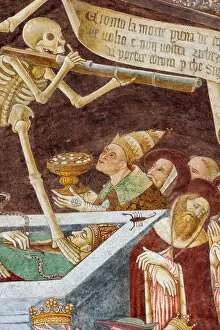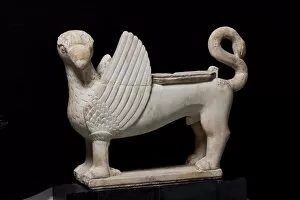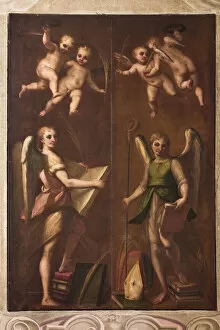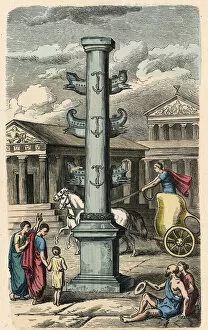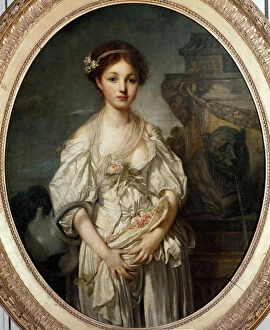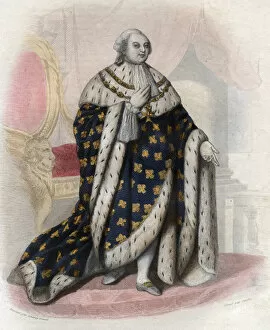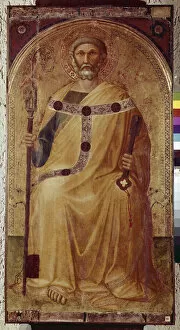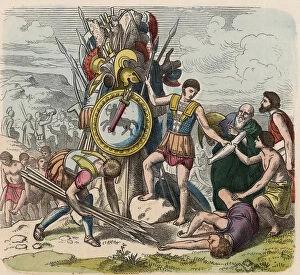Simbolo Collection
"Simbolo
For sale as Licensed Images
Choose your image, Select your licence and Download the media
"Simbolo: Exploring the Depths of Guilt and Punishment through Art" Delve into the haunting world of guilt and punishment as depicted in various artworks throughout history. In an engraving from the 19th century, we witness a powerful message: "The reclusion of a guilty person does not require torment. " This thought-provoking statement challenges our preconceived notions about justice. A striking silhouette of a prisoner chained serves as a stark reminder of human suffering in a drawing from 1810-1812. The image speaks volumes about the harsh reality faced by those who have transgressed society's laws. In an aquatint print from around 1810, we are confronted with another chilling assertion: "If it is a criminal he dies quickly. " These words force us to question whether swift death can truly be considered justice or if there might be alternative paths towards redemption. An engraving from 1810-1820 portrays a prisoner sitting in chains, highlighting how security measures can sometimes become just as barbaric as the crimes committed. It prompts us to contemplate whether such extreme measures truly serve their intended purpose or merely perpetuate cycles of violence and dehumanization. Moving beyond depictions specific to imprisonment, we encounter "The Colossus, " an oil painting created between 1808-1812. This artwork invites contemplation on power dynamics and societal structures that may contribute to feelings of guilt or oppression. Venturing further back in time, we encounter frescoes depicting Death standing on a sarcophagus where both Pope and Emperor lie. This detail from the Triumph of Death and Dance of Death (1485) reminds us that death ultimately awaits all individuals regardless of their status or deeds during life. A majolica plaque dating back to 1794 presents an allegory for death itself – reminding viewers that mortality is an inevitable part of existence. Such reminders encourage introspection on our own actions and the legacies we leave behind.


